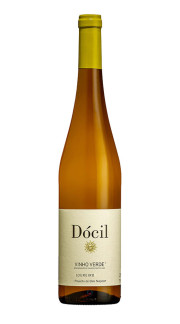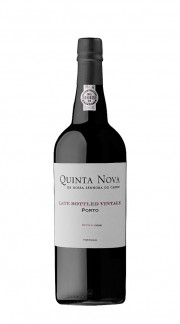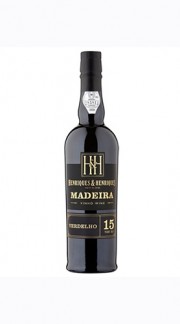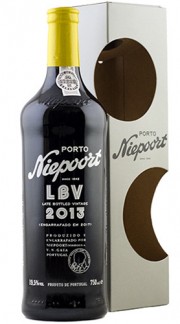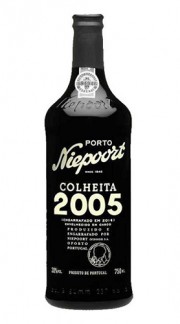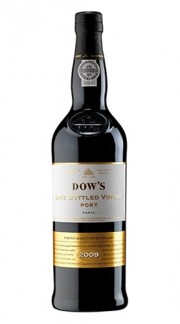It lacks to free shipping
Portugal
Portugal is inexorably identified with 2 products: Port and Madeira . Historically, commercial relations with England caused the production of wine to expand and above all the sector of fortified (or liqueur) wines , suitable for withstanding long sea crossings, grew. Porto and Madeira became, thanks to the English, the protagonists of Portuguese enology. The Douro region is the most famous in Portugal, in particular because the production of Port takes place here, the production of which takes place by interrupting the alcoholic fermentation by adding ethyl alcohol or brandy. A sweet wine is obtained, with about 10% residual sugar and an alcohol content of about 20%. It is then the subsequent maturation that determines the style of the wine. Ports are essentially divided into two categories, those aged in cask and those aged in bottle . The red Ports are produced with local grapes, such as Tinta Barroca, Tinta Roriz (Tempranillo). Ruby is the basic type, aged in barrels for two or three years, with a simple and fruity taste. Young Tawnys are simple and direct, aged in cask for two or three years. The aged Tawnys , on the other hand, are left to mature in barrels for up to 30 years and are wines of extraordinary complexity and quality. The Vintage Characters are blends of different vintages and qualities, then aged in barrels for four or six years. The Late Bottled Vintage (LBV) mature for four to six years in cask and are excellent quality wines. The Traditional Late Bottled Vintages, produced in the best vintages, are aged in cask for four years and are suitable wines for long aging in bottle. However, the most sought-after and valuable Ports are the Vintages , which bear the indication of the vintage and are produced only in favorable years. Madeira, on the other hand, is located about 850 kilometers south of Portugal, in the middle of the sea, west of the coast of Morocco. The history of Madeira is linked precisely to the transport of wines by sea and dates back to the end of the 1500s. It was thought, as in the case of Port, to add brandy to the fermenting wine to prevent its alteration due to the long journeys to which the wine. The sum of the effects of temperature and oxidation thus created Madeira as we know it today. White berried grapes such as Bual and Malmsey are used for the vinification of Madeira. The Vintage Madeiras are produced only with grapes from the vintage indicated on the label and are aged for at least twenty years in wooden barrels. Solera Madeira , produced with the same method as Spanish Jerez, is a traditional style, but less and less produced.
- This product is no longer in stock
€ 48,20- This product is no longer in stock
€ 24,80- This product is no longer in stock
€ 38,00

